
Analysis Ode to Grecian Urn.
By naming his poem an "Ode on a Grecian Urn", Keats has brilliantly used the pun. An ode is essentially a Greek poem, which gives praise. And the urn depicted in the poem is Grecian. The animal sacrifice (which was done in worship of the Greek Gods), and the references to "Tempe" and "Arcady" all pertain to Greece. Ancient Greece.

Analysis Ode to Grecian Urn.
Analysis: "Ode on a Grecian Urn". In each stanza, the speaker attempts to engage with the urn. In the first stanza, they approach the urn reverently, as though awestruck by its form. The speaker sees it as pure, comparing it to a "still unravish'd bride of quietness" (Line 1), implying that because of this purity, the urn can tell the.

Ode on a Grecian Urn Analysis 1 Analysis 2 Karen Simmons Date English
Summary. At the poem's beginning, the speaker addresses an ancient Grecian urn as they stand before it. The urn bears illustrations of life, frozen in time. The speaker refers to the urn as the "still unravish'd bride of quietness" (Line 1) and "the foster-child of silence and slow time" (Line 2). As the speaker begins to examine.

(sub)Text Truth as Beauty in Keats’ Ode on a “Grecian Urn” The
Tracing of an engraving of the Sosibios vase by Keats. " Ode on a Grecian Urn " is a poem written by the English Romantic poet John Keats in May 1819, first published anonymously in Annals of the Fine Arts for 1819 [1] (see 1820 in poetry). The poem is one of the "Great Odes of 1819", which also include "Ode on Indolence", "Ode on Melancholy.
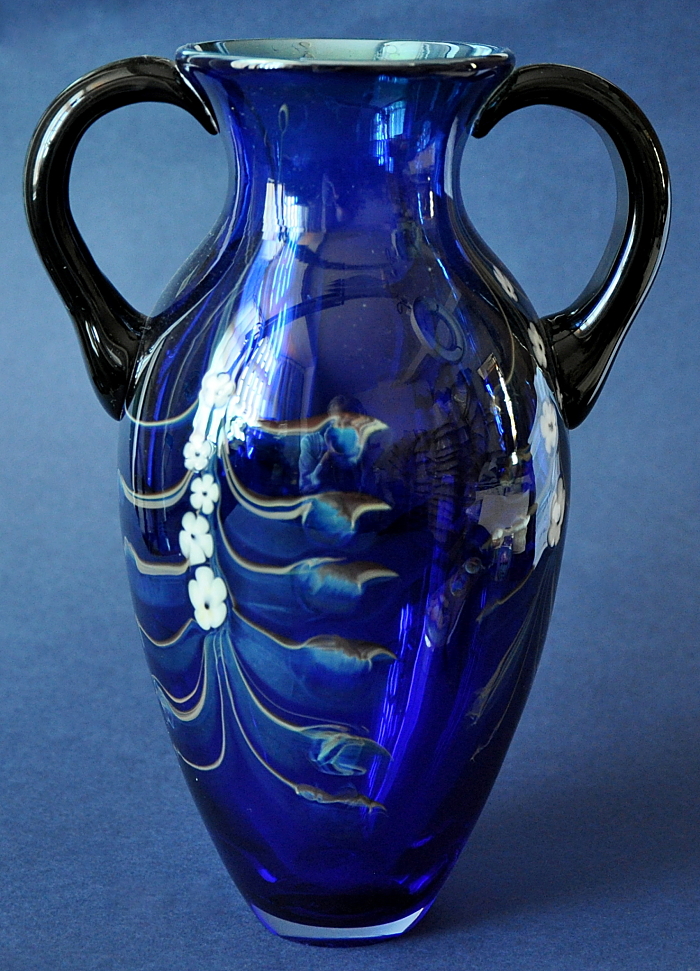
Ode on a grecian urn analysis
'Ode On A Grecian Urn' Summary 'Ode On A Grecian Urn' focuses on art, beauty, truth and time and is one of Keats' five odes, considered to be some of the best examples of romantic poetry. The four others are 'Ode To A Nightingale', 'Ode to Psyche', 'Ode On Melancholy', and 'To Autumn' - all completed in a burst of energy in 1819, two years before his death in Italy from consumption.

Ode On a Grecian Urn analysis by Caroline Blair YouTube
Keats' 'Ode on a Grecian Urn' taps on the themes of the immortality of art, beauty, and romanticism. The main theme of this poem is the immortality of art. To depict this theme, Keats uses a Grecian urn and the emotive paintings on this piece. Each painting incites complex emotions in the speaker's mind.
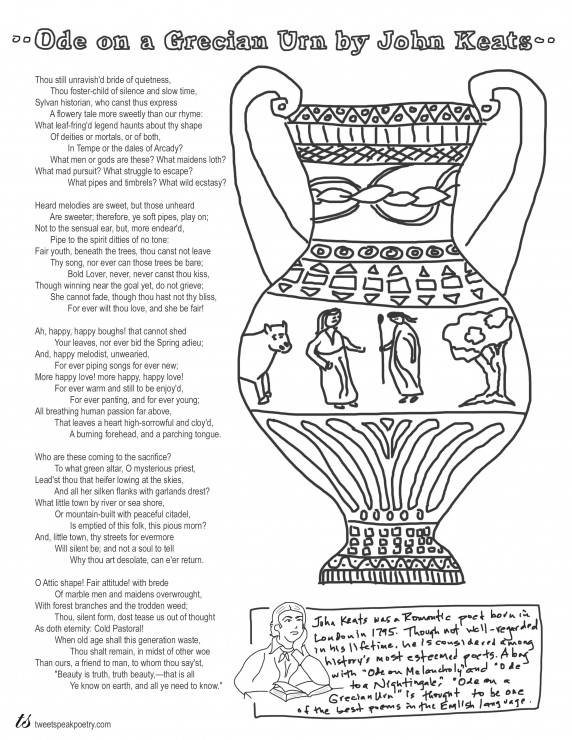
Ode On A Grecian Urn Text Pdf
Keats' Poems and Letters Summary and Analysis of "Ode on a Grecian Urn". Keats directly addresses a Grecian urn -- a symbol of timelessness and aesthetic beauty -- and contrasts this object's version of the world with the vicissitudes of real life. He asks direct, rhetorical questions of the scenes he sees on the urn -- "What men or gods are these?

💣 Grecian urn analysis. Ode On A Grecian Urn Analysis. 20221030
Ode on a Grecian Urn Summary. A man is whispering sweet nothings to a Grecian urn, an ancient Greek pot that is covered in illustrations. He thinks the pot is married to a guy named "Quietness," but they haven't had sex yet, so the marriage isn't official. He also thinks that the urn is the adopted child of "Silence" and "Slow Time."
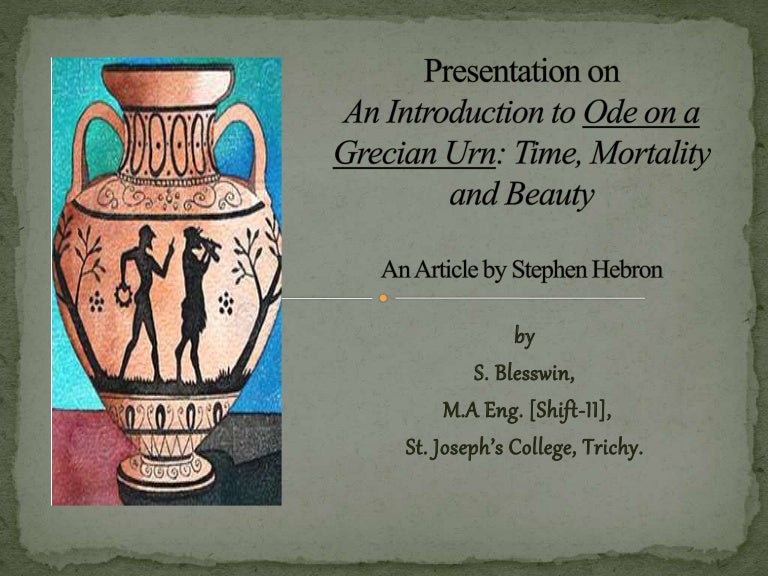
An Article on Keats' "Ode on a Grecian Urn"
Ode on a Grecian Urn By John Keats About this Poet John Keats was born in London on 31 October 1795, the eldest of Thomas and Frances Jennings Keats's four children. Although he died at the age of twenty-five, Keats had perhaps the most remarkable career of any English poet.

Analysis of the Poem 'Ode On A Grecian Urn' by John Keats Owlcation
Entering a debate dating back to Plato, Keats stakes a Romantic claim: the human imagination and its passions intertwine beauty and ethics. And in this ode, the urn now sits in for poetry itself, which Keats had earlier described in "Sleep and Poetry" as "a friend / To sooth the cares, and lift the thoughts of man.".

Ode on a Grecian Urn Poem Summary and Analysis LitCharts
Ode on a Grecian Urn Summary " Ode on a Grecian Urn" is a poem by John Keats in which the speaker admires an ancient Grecian urn and meditates on the nature of truth and beauty. In the first.
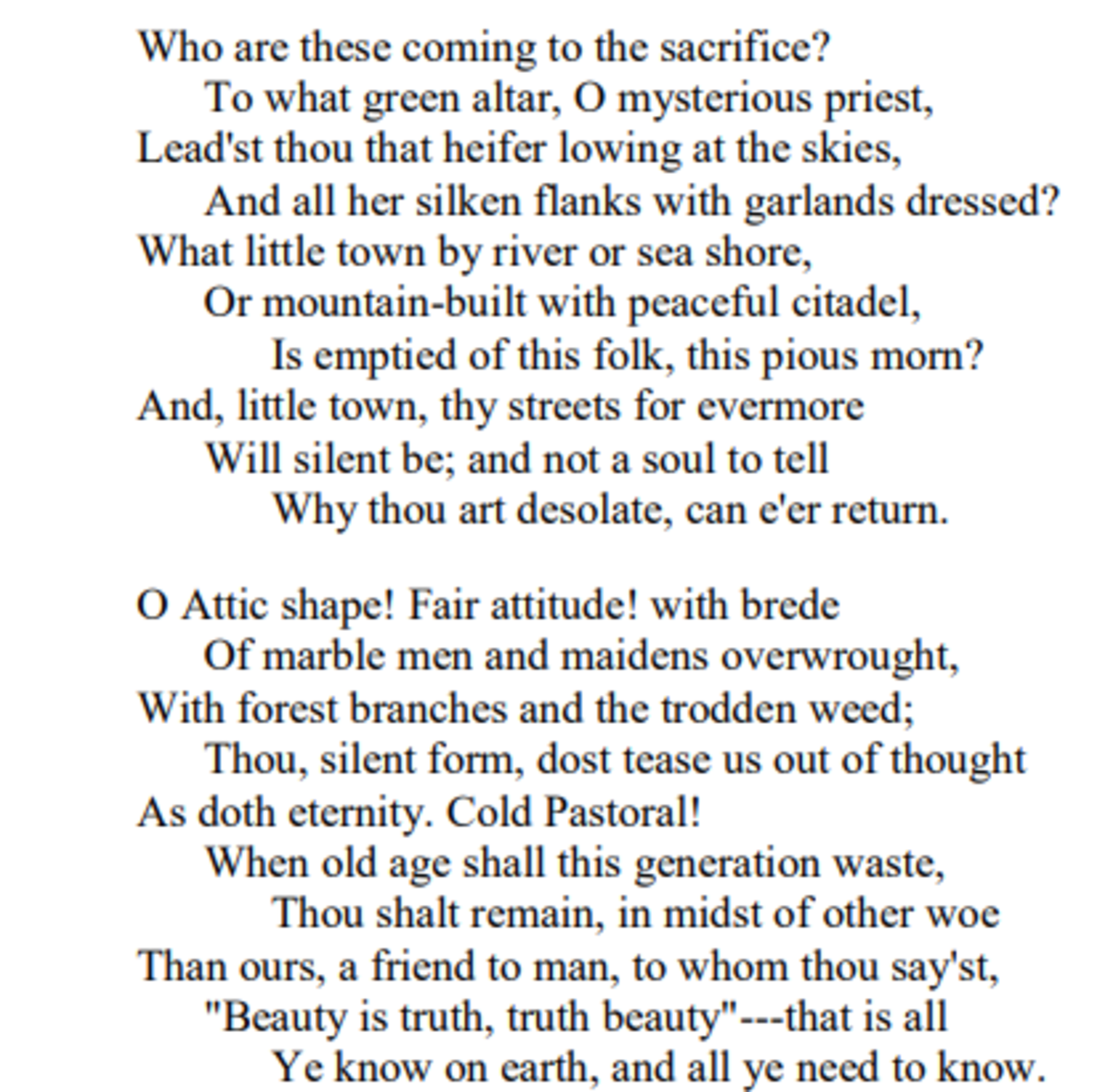
Analysis of the Poem 'Ode On A Grecian Urn' by John Keats Owlcation
Get LitCharts A +. "Ode on a Grecian Urn" was written by the influential English poet John Keats in 1819. It is a complex, mysterious poem with a disarmingly simple set-up: an undefined speaker looks at a Grecian urn, which is decorated with evocative images of rustic and rural life in ancient Greece. These scenes fascinate, mystify, and excite.

Ode on a Grecian Urn [PPT Powerpoint]
By Dr Oliver Tearle (Loughborough University) 'Ode on a Grecian Urn' is one of the best-known and most widely analysed poems by John Keats (1795-1821); it is also, perhaps, the most famous of his five Odes which he composed in 1819, although ' To Autumn ' gives it a run for its money. The best way to analyse 'Ode on a Grecian Urn.
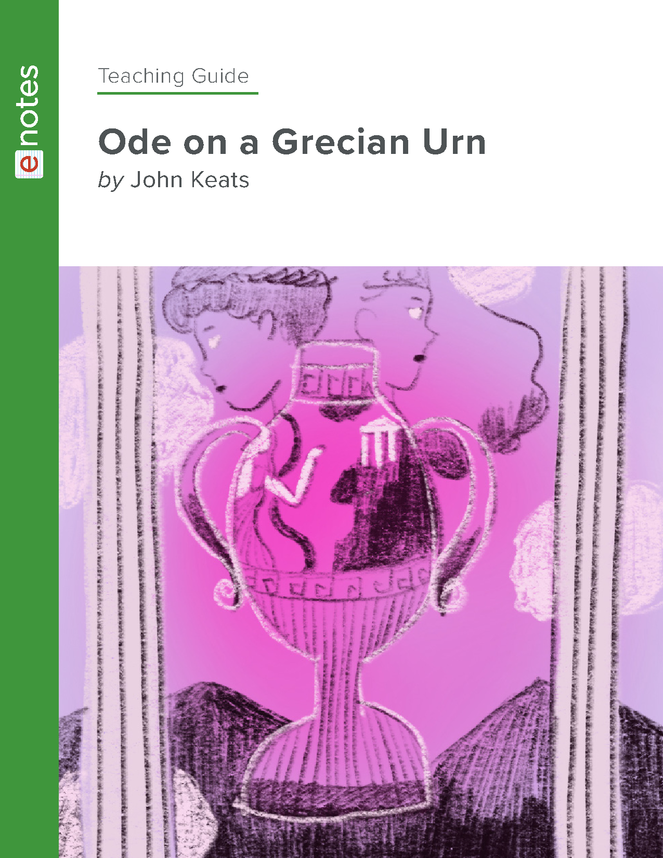
Ode on a Grecian Urn eNotes Teaching Guide
Analysis. If the "Ode to a Nightingale" portrays Keats's speaker's engagement with the fluid expressiveness of music, the "Ode on a Grecian Urn" portrays his attempt to engage with the static immobility of sculpture. The Grecian urn, passed down through countless centuries to the time of the speaker's viewing, exists outside of.
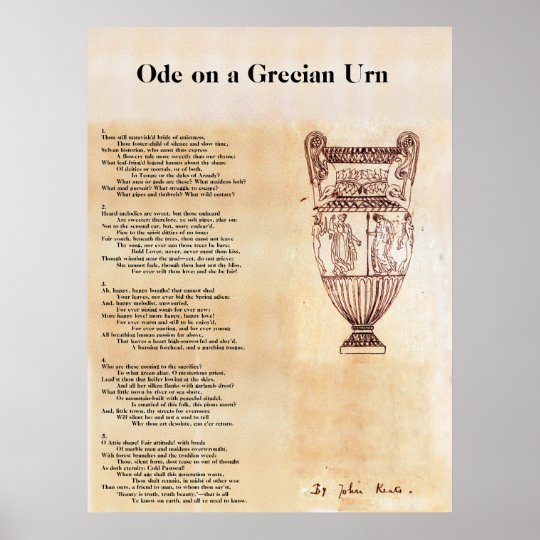
what type of ode is ode on a grecian urn
The Ode on a Grecian Urn was composed in the spring of 1819 and published in 1820. The Greek vase which inspired Keats was no figment of his imagination, but has a real existence. This vase is still preserved in the garden at Holland House, Kensington. It is also likely that the inspiration of this poem might have been partly derived from the.

Ode on a Grecian Urn by John Keats (Poem + Analysis)
Throughout "Ode on a Grecian Urn," the speaker experiences a wide range of emotions and feelings regarding the urn's immortalization of the figures it depicts. The poem's tone shifts.